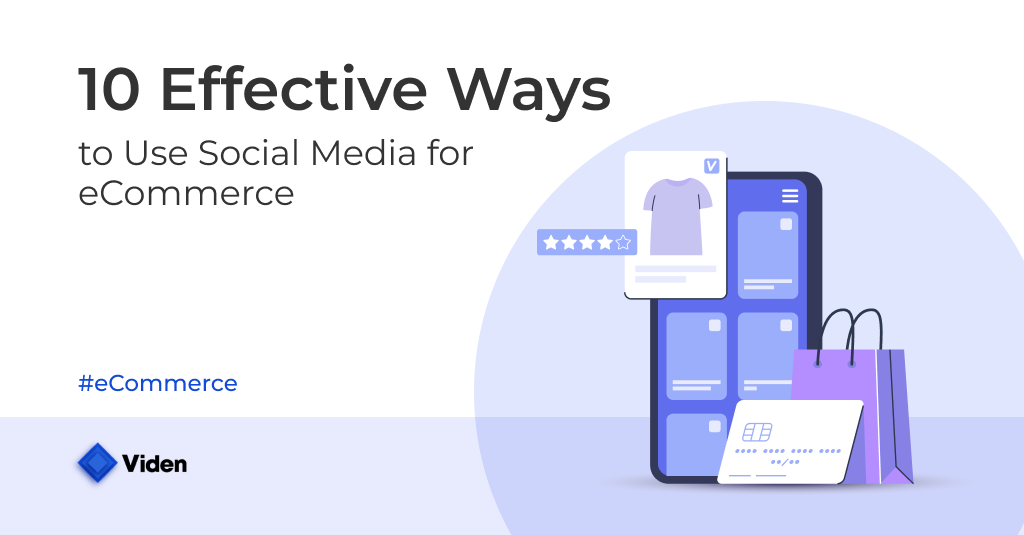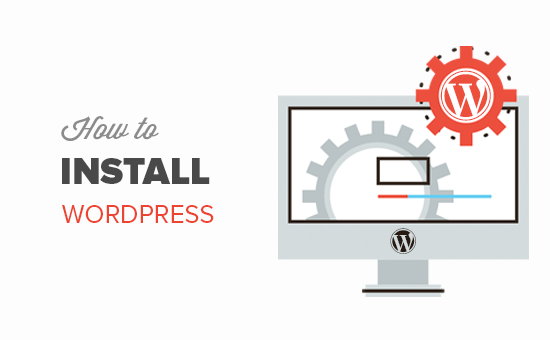Everyone knows at this point the massive potential of successful social media integrations with e-commerce. Yet outside of basic content marketing and old fashioned advertising on the Big Three (Facebook, Twitter, and Pinterest), there isn’t a lot of talk about the best practices for combining your SMM with your branding efforts.
While there are some efforts being made at putting together social shopping carts and adding buy buttons to sponsored posts/tweets/pins, these features are still in the beta testing phase. In the meantime, there are quite a few powerful social networking sites out there that you can use to improve traffic. Moreover, there are some extremely innovative techniques to fully utilize the integration of social media. These aren’t always as organic as a blog-and-social-media combo, but there are plenty of options, if you know what to look for.
Let’s examine a few of these lesser known tips and tricks so you can discover how to integrate your social media presence with your business more effectively.
Social Logins

The easiest way to get social networkers to come away with a positive user experience on your website is to let them use their social networking identity to log in to your site. This allows them to save some keystrokes since they won’t need to create a new profile on your e-commerce site. Less effort expended means less time spent, and fewer steps to conversion.
Another advantage is that when they use their social network profile on your website, it is easier for them to share reviews and comments on your products on their favorite social networking site. Finally, having a social login means you have access to their social data, allowing you to more effectively target your customer’s wants and needs in your marketing efforts.
There are several apps available that you can use to give your site visitors a social login option. Shopify-powered sites can use the Social Login app for free, while WooCommerce sites can use the $49 Social Login plugin.
It’s important to consider that some users may be uncomfortable with giving you access (albeit admittedly limited access) to their social network profiles, so make sure that you test your sign-up form to see if adding the social login app compromises your user’s privacy, as well as to see whether it gives users the impression of being compromised.
Share Buttons

We’ve all shared something funny or interesting with our Facebook or Twitter friends, so it’s not an alien concept. From there, it’s a short jump to getting users to share product reviews and other bits of information, especially if you make it easy for them to do so. Share buttons are easy to integrate. Not only will they expose your website to a whole new set of potential customers, but when they share a product page they’re basically endorsing you to their entire network.
Widgets and apps for social sharing abound. You can consider Shopify’s free AddThis app or the Friendbuy Customer Referral Platform (free 30-day trial, $99 a month). BigCommerce has the Want Button free app that allows visitors to share product pages on their Facebook page by simply clicking the “want” button.
The basic version of the Curebit tool is free and you can customize it as motivation for your customers to refer a friend via Facebook or Twitter, e.g. offering a discount. Simply apply on the website and they will provide you with the appropriate code for integration.
ReferralCandy works pretty much the same as Curebit, although it is more user-friendly. You could also try the newly launched Forewards($9 a month for the basic plan). There are lots of social sharing apps with referral components out there specifically for e-commerce website integration to social media.
You can customize most of these apps to target one or more social networks, but if want to ensure compatibility, you can opt to get the plugins recommended on the developer’s or resource’s pages of the network you want. For example, Facebook plugins are found here while Pinterest plugins are listed here.
Social share buttons work best when placed on product pages, landing pages, blog posts, and your thank-you-for-your-purchase pop-ups. If you do email campaigns (and you certainly should), they also work well there too. Make your share buttons easily visible and easily clickable for the best results.
Reviews and Testimonials

Integration works both ways. Just as important as enticing people from the outside to visit your website through referrals, you can also lead them to your website by being on the inside. This is when the information and interaction found on your social network page plays a crucial role.
Many e-commerce sites have a presence on one or more social networking site. It’s a lot of work, but it pays off in the end, especially if you can stream the reviews/testimonials from your customers back to your website. When a visitor sees how great other people think your products are, it can have a huge effect on conversion.
You can easily link these feeds from your social network profiles to your website using some pretty awesome apps such as the Kudobuzz Testimonials and Reviews app or the basic version of the Yotpo app (both free) or Social Interface (not free), which work with websites on the Shopify platform. Yotpo can also be used with websites built on the WooCommerce or BigCommerce platforms.
Related: Ecommerce Breakdown: Amazon Webstore vs. BigCommerce vs. Shopify
Aside from reviews, photos are also a powerful testimonial to a product’s impact and desirability. Photos uploaded via Curalate or Pixlee can go straight to an enabled website or social page to inspire and engage users about your brand and your products without putting in a single word. These are powerful sales tools because they immediately and unscrupulously prove the pudding. They build trust as uploaders are real people and not paid models doing a hard sell.
Some Advice
There is no question that integrating your e-commerce site with social media has an enormous impact when it comes to increasing exposure and hopefully conversion. However, there are some things you have to keep in mind:
- Don’t overdo it: Remember that more is not always better; use the appropriate apps circumspectly so that your site won’t look like an ad for social media apps.
- Test and re-test: Some apps may not work as you intend or like, so before going live, be sure to try it out and test every scenario forwards and backwards.
- Keep updated: If your social page is a mess, or worse, inactive, it can have a negative effect on your brand. Make sure you can do regular updates if you want integrating your social page into your website to work for you, not against you.
- UX: Integration will only work if you provide your customers with good user experience. Engaging them when they’ve had a rough deal on your site or with your products will only earn you a tongue lashing that you definitely don’t want getting around
There you have it: social media integration with a smile. Don’t forget to tweet this if you learned something! What are your favorite social media integrations? Let us know what we missed in the comment section.
I’m telling you about this, because I believe in giving information regarding PPC advertising
forward,
I don’t know how much longer people accepting new technology , so you had better check it out now if you can.
Just click the link below to get started:
Discover more from Personal Blog of Richard Tong
Subscribe to get the latest posts sent to your email.





수원출장샵
강남안마시술소중계업체
There may be noticeably a bundle to learn about this. I assume you made sure good factors in features also.
I love your writing style really loving this website .
https://dday.tistory.com/102